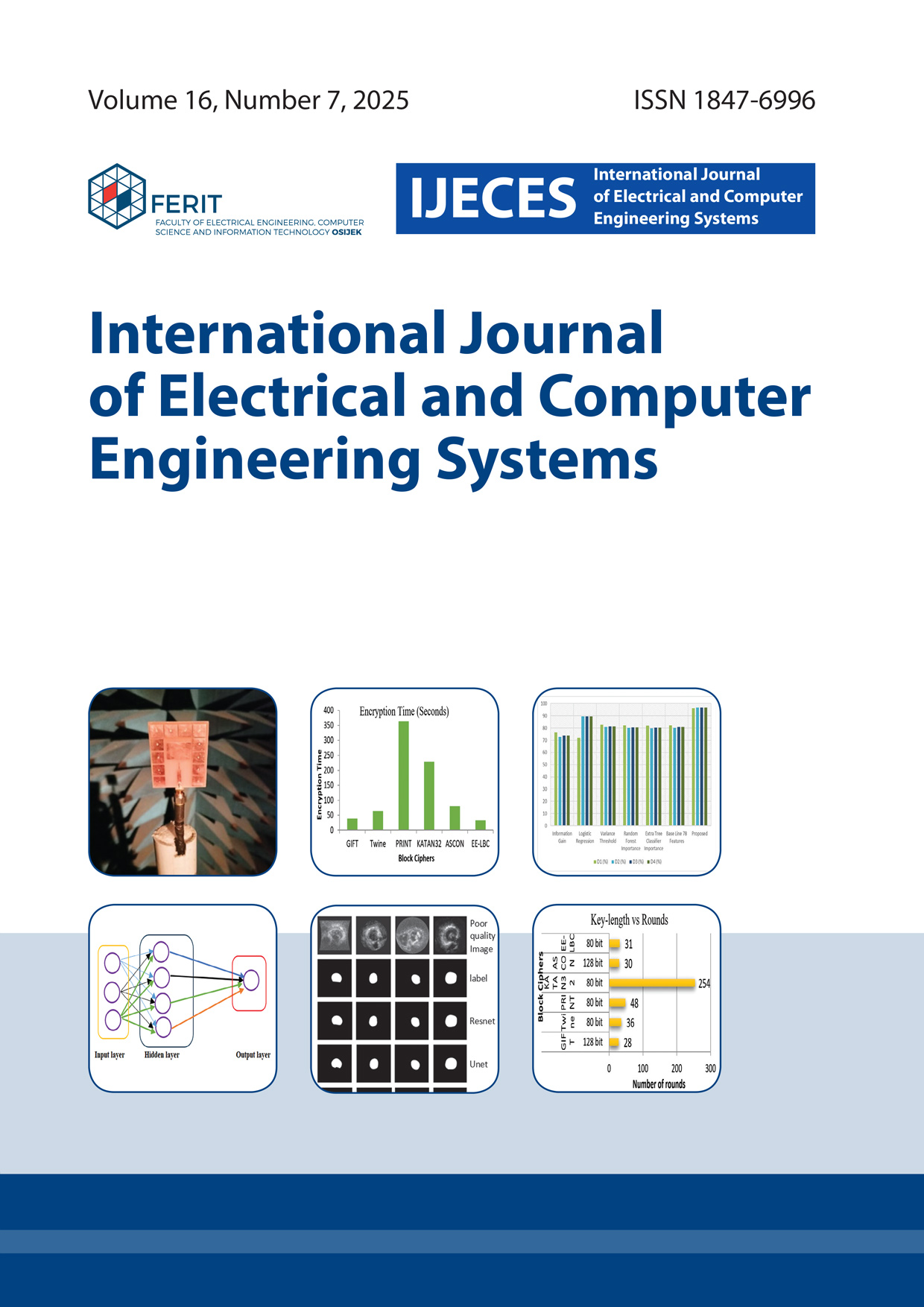Echocardiographic Left Ventricular Segmentation Using Double-layer Constraints on Spatial Prior Information
DOI:
https://doi.org/10.32985/ijeces.16.7.4Keywords:
echocardiographic segmentation, deep learning, spatial prior, CETUSAbstract
Real-time segmentation of echocardiograms is of great practical significance for doctors' clinical diagnosis. This paper addresses the existing echocardiogram segmentation models' pursuit of high segmentation accuracy in insufficient training data, which leads to high model complexity and low learning efficiency. This paper fully exploits the spatial prior characteristics of the image itself. It proposes an echocardiographic left ventricular segmentation algorithm that utilizes double-layer constraints of prior information on spatial anatomical structures. The algorithm is based on the following two principles. Firstly, the segmentation model is initialized using a self-supervised sorting model based on the spatial anatomy to fully learn the orderly image features of the left ventricular spatial anatomy and achieve same-domain transfer of images, allowing the segmentation network to learn segmentation information more effectively; Secondly, the segmentation network is subjected to mask shape constraints, and the output space is limited by imposing anatomical shape priors to expand the global training goals of the CNN model. Finally, the algorithm proposed in this paper was verified using three classic segmentation models. The experimental results showed that on the public echocardiography dataset CETUS (Challenge on Endocardial Three-dimensional Ultrasound Segmentation), compared with the classic Resnet, Unet, and VGG segmentation models, the double-layer constrained segmentation model that introduces prior features has increased the segmentation accuracy (Dice index) by 5.6%, 4.9%, and 4.8%, respectively. The MIOU (Mean Intersection over Union) index increased by 7%, 5.5%, and 6.8%, respectively, demonstrating robustness to slice misalignment.
Downloads
Published
How to Cite
Issue
Section
License
Copyright (c) 2025 International Journal of Electrical and Computer Engineering Systems

This work is licensed under a Creative Commons Attribution-NonCommercial-NoDerivatives 4.0 International License.


